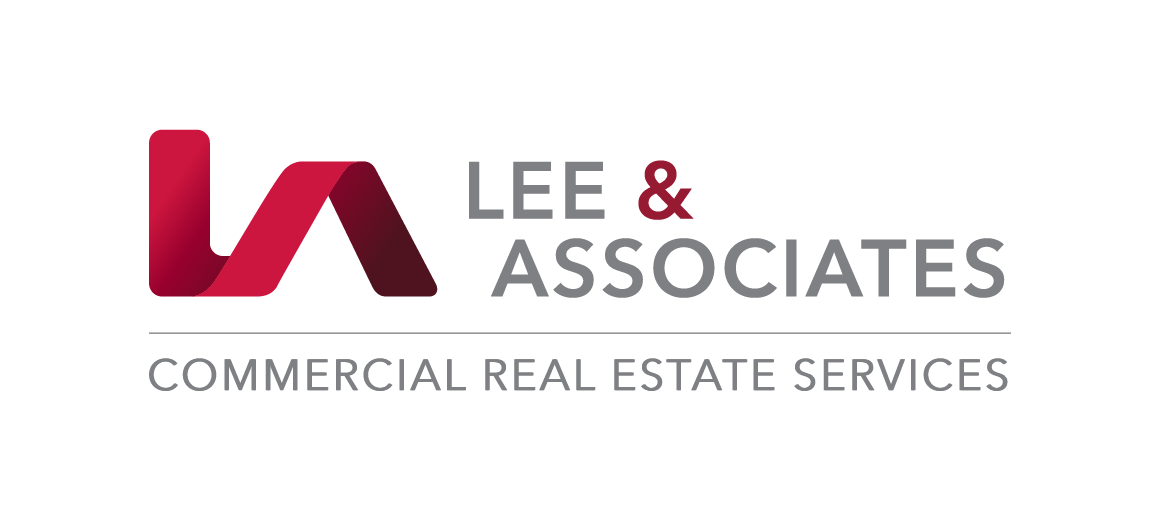There is a substantial amount of uncertainty as to what the commercial office market will look like as we emerge from the COVID-19 crisis.
Will companies continue to allow their employees to work from home and thereby reduce their overall footprint? Will office footprints increase to allow health officials’ recommended social distancing within the office space? What will the impact of the economic downturn be on the demand for office space?
While there are no fast and clear answers to any of these questions, one thing is for certain, the amount of sublet space on the market will increase significantly. It has been reported that companies will be putting over 8,000,000 ft. (source:_______) of sublease office space on the market.
This could present opportunities for companies to sublease space on very favorable terms. However, before wading into the subleasing market, companies need to be aware of the potential pitfalls and challenges this may present.
Below is a quick overview of terminology referenced throughout this document.
TERMINOLOGY
- Subtenant or Sublessee: The company that is leasing space from the tenant.
- Sublandlord or Sublessor: The company that is subletting their space to a subtenant.
- Overlandlord or Prime Landlord: The owner of the building from who the sublandlord or sublessor has leased their space.
- Over-lease: The lease pursuant to which the sublandlord has leased their space from the overlandlord.
RISK OF DEFAULT BY SUBLANDLORD
If the sublandlord defaults under the over-lease then the subtenant may be subject to eviction. Just as sublandlords will check the credit of the subtenant, the subtenant should also evaluate the financial strength of their sublandlord. The risk is particularly high if the sublandlord has low or marginal credit and is subleasing their entire space at a sublet rent lower than what they are paying under the over-lease.
There are number ways this can be addressed.
Analyze the risk:
- If it is a short-term sublease, two years or less, the risk is less than if it is a long-term sublease. The overlandlord may decide not to evict the subtenant even if the sublandlord is in default.
- What is the sublandlord’s reason for subletting rather than surrendering or just going out of business? Are they relocating to larger space, in which event, the risk is quite low. Alternatively, are they reducing their footprint and moving to smaller space, in which event, the risk may be higher.
- Review the sublandlord’s financials
The subtenant should try to obtain a non-disturbance agreement from the overlandlord. This is an agreement whereby the overlandlord agrees that it will not evict the subtenant in the event of a default by the sublandlord, so long as the subtenant complies with its sublease agreement. If the overlandlord evicts the sublandlord, the subtenant then becomes the tenant of and pays rent directly to the overlandlord. However, there is always the issue as to the rent the subtenant will pay to the overlandlord. Is it the rent stipulated in the sublease agreement or the rent specified in the over-lease? It is very important to review the terms of the non-disturbance agreement to understand what it provides. A subtenant may lose the benefit of its less expensive rent. The subtenant needs to negotiate the terms of the non-disturbance agreement. In a very soft rental market, the overlandlord may be willing to accept the lower rent rather than running the risk of having a vacancy in the building at a time when renting is difficult.
PROCESS
- Before entering into protracted negotiations for a sublease, the subtenant should review the terms of the over-lease to understand the terms or conditions that subletting is allowed. Over-leases vary considerably in the rights they give sublandlord’s to sublease their space.
- Generally, the consent of the overlandlord is required. The overlandlord will review the credit worthiness and other information about the proposed subtenant in determining whether to consent. Depending upon the overlandlord, this process can take a few days or up to several weeks.
- Before entering into negotiations, the subtenant or their representative should ask the owner’s agent if there are any arrears, defaults or legal proceedings between the sublandlord and owner that may prevent the landlord from giving consent.
- Consent form: overlandlords will typically require subtenants to sign a consent form as a condition to obtaining the overlandlord’s consent. It is important that the subtenant thoroughly review this form to ensure there is nothing in the form that the subtenant cannot agree to. Some consent forms provide that in the event the sublandlord defaults, the subtenant must then pay rent directly to the overlandlord at the rate specified in the over-lease, even if the amount is higher than the amount specified in the sublease agreement.
